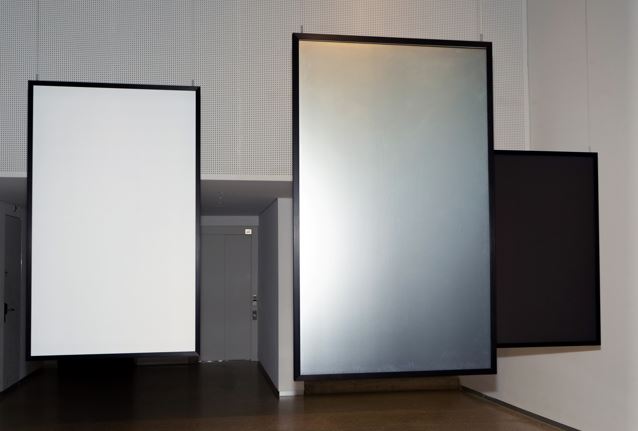Result description
Accelerated PID testing of different encapsulants and coloring solutions to determine PID suspectibility of new materials/technologies, assessment of operating conditions (esp. temperature) of EPOG modules to determine necessary modifications to standard qualification and reliability tests (ref. IEC TS 63126)
Field assessment of existing BIPV/EPOG systems (5-10 year old, in Switzerland) to determine degradation rates and perform FMEA as inputs to modify and validate indoor test protocols and models
Field assessment of existing BIPV/EPOG systems (5-10 year old, in Switzerland) to determine degradation rates and perform FMEA as inputs to modify and validate indoor test protocols and models
End user: Test laboratories, EPOG manufacturer, module material and component suppliers
Market: Prenormative inputs to standards and technical specifications (IEC, EU/national building codes)
Addressing target audiences and expressing needs
- To raise awareness and possibly influence policy
- Collaboration
Increase confidence in long-term EPOG performance, reduced financial risk to owners and financiers
- Public or private funding institutions
- EU and Member State Policy-makers
- Research and Technology Organisations
R&D, Technology and Innovation aspects
Existing standards tend to address modules operating in an open-rack configuration in a mid-lattitude climate, and are only beginning to address some of the unique operating conditions of EPOG (e.g. IEC TS 63126). New degradation and failure modes are ocassinally identified because of the rapidly evolving materials and module designs, e.g. PID and LETID, so new standards and technical specifications are continually being developped.
Result submitted to Horizon Results Platform by ECOLE POLYTECHNIQUE FEDERALE DE LAUSANNE

